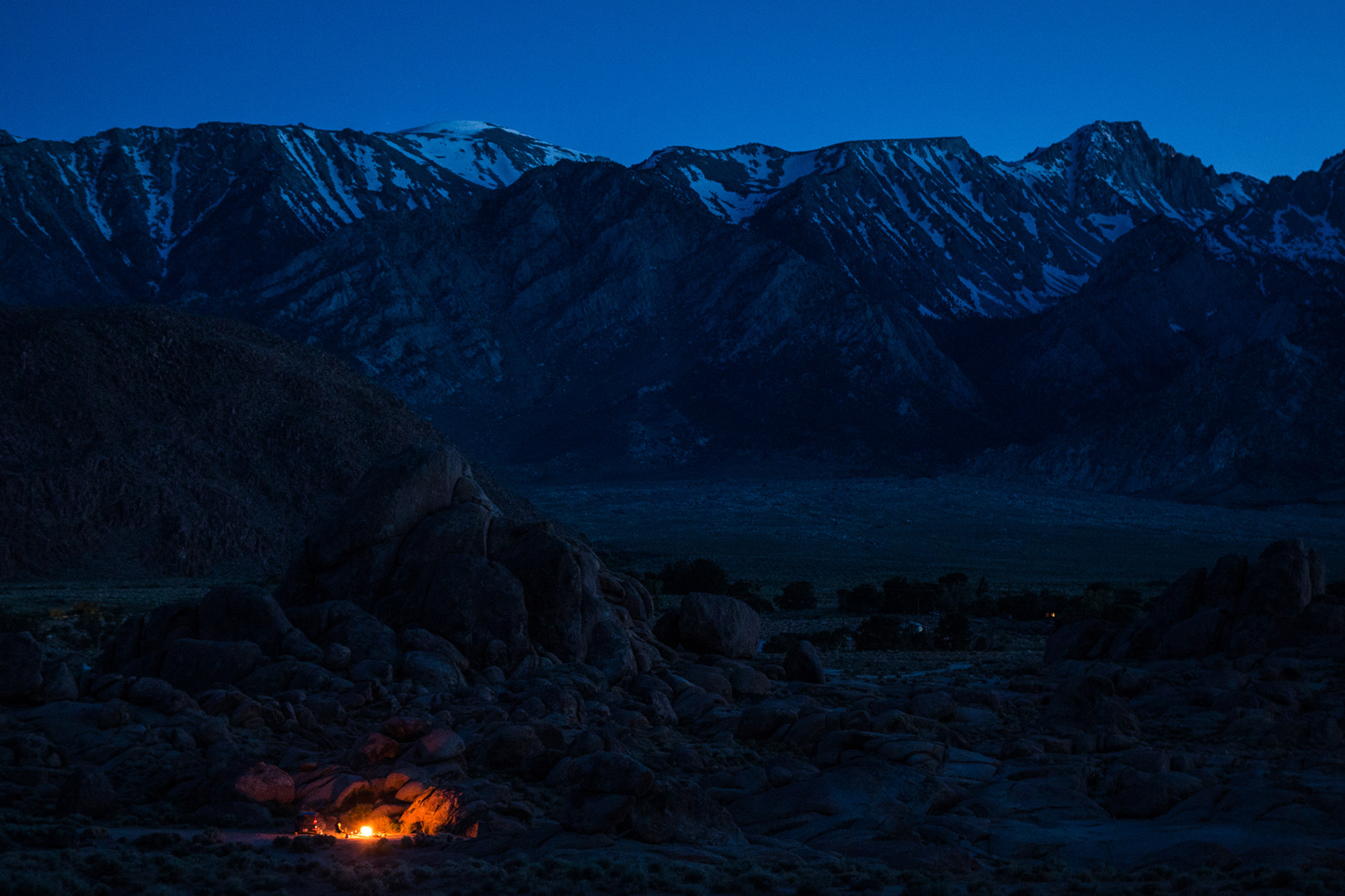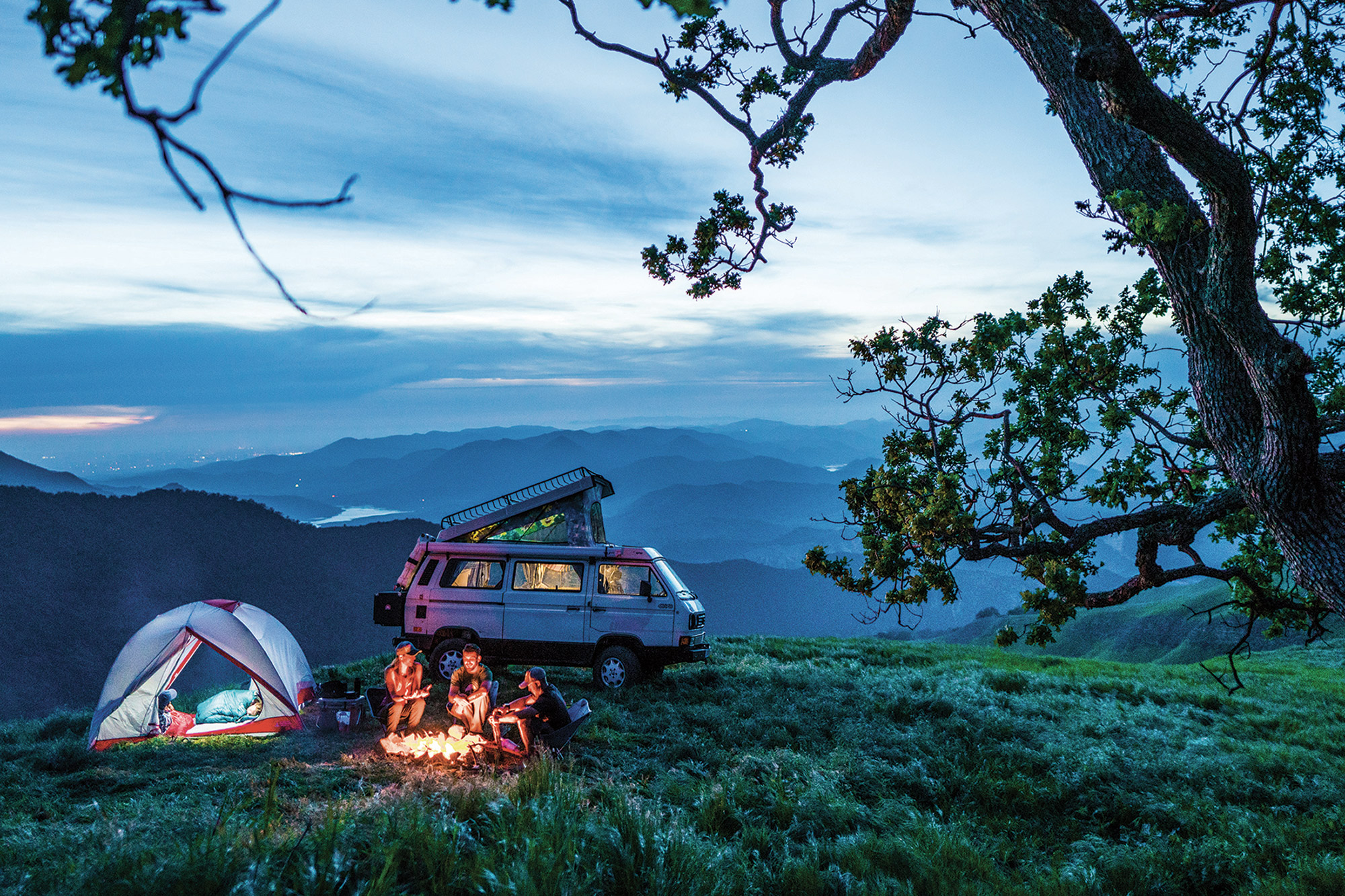Tired of camping at crowded campsites in your favorite National Park? It might be time to put in some work to provide you and yours with that wild and free car camping experience you’ve dreamed of. Yeah, campgrounds have hookups, potable water, and restrooms, but with these conveniences comes crowsd, fees, and loud generators. If you’re willing to give up some of these conveniences you’ll save your wallet a pretty penny and find a plethora of beautiful free campsites all over the U.S. that give you that solitude and wild camping experience you’ve yearned for. With some prep work and research you might find the new go-to spot for your weekend getaways.
1. Look for Public Land
Look at the area you’ll be visiting and check for public land designations such as National Forest and Bureau of Land Management land. Usually these two designations offer dispersed camping and are the most lenient with campers looking to stay for a while (up to 15 days in many places).
If there are National Forest or BLM lands in the area, check their websites (fs.fed.usand www.blm.gov, respectively) for info specific to the place you’re visiting. These websites often provide ample information on things like stay limits, fire restrictions, dispersed camping rules, weather in the area, and info on food containment for rodents and bears. You might also stop by the local Forest Service or BLM office to ask further questions or look at Motor Vehicle Use Maps (MVUM). If these are not available at their office, it may be available online at the previously mentioned websites. These MVUMs provide free campers with valuable information on land designations in the area, National Forest, BLM, Wilderness, and Residential boundaries as well as a detailed view of the roads that allow us access to these wild places.

2. Check free campsite databases
Take a peak at websites like freecampsites.net. This user-driven database allows you to find free, paid, and boondock camping all over the U.S. on a map; You can even plug in your location and it will populate sites near you. We’re looking for green tent pins; these are free campsites. What’s also so handy about this database is the info about the sites you’re interested in. Each site has its own page with GPS coordinates, directions, weather info, cell service info, best sites in the area, and reviews/tips from previous campers. They may even provide info about the road to the site which is helpful if you don’t exactly have your dream rig just yet.
3. Seek the road less travelled
Super psyched on finding free camping in Zion this fall? So is everyone else. Consider locations that you think may be less popular during the time you plan to visit. This doesn’t mean rule out your dream location, just do your best to use the tools provided here and maybe make some calls before shooting out there and coming up empty handed. You might also consider campsites just outside of the National Park or attraction you’re hoping to visit on your trip. Yes, it may add a longer drive but, you’ll find the solitude you were looking for and may even discover a new go-to campsite for you to come back to in the future.

4. Arrive early
Do what you can to get to that dream spot as early as you can. This will ensure that you have a place to sleep for the night. If you need to run errands later, leave members of your group or items that indicate you are reserving this spot for the night such as a tent, car, etc. Opt-out of leaving items that make it look like you left trash and ditched the spot as this will damage the trust that locals and Rangers have for visitors. Again, consider asking your local Forest Service or BLM office if this it is recommended to leave a vehicle unattended as certain places have a high frequency of break-ins.
5. Ask around
Talk with locals in the area or folks at the local gear/camping store. Depending on the amount of traffic in the area, they may be willing to spill the beans on the locals-only spots. Be sure to be kind to these folks, they may be giving you the deets on some of their most prized locations. Treat these people and the sites they recommend with respect!

6. Make your own database
Take the info you’ve gathered and save pins into your daily navigation apps. Google Maps works best, as it has more accurate navigation on backcountry roads than other apps such as Apple Maps or Waze. Google Maps also has a Satellite layer that allows you to preview the road leading to your site and may give you a sense of what type of road it is (paved, gravel, rock, etc). Using Google Maps, you can save pins allowing you to build your own database for yourself of prospective sites in the places you may wish to visit. Find a Plan A, B, C, etc., to ensure you find a place to rest your head at the end of the day. This will also make it easier to visit the area in the future, as you’ll have an array of options without having to do research all over again.
Geoffrey Lyman
Geoff is an ever curious dirtbag climber and backpacker constantly looking for unique outdoor experiences and the connections they foster with others. He discovered this need for the outdoors in the Adirondacks, where, an interest in geocaching evolved into hiking/backpacking and then, years later, ice climbing, mountaineering, and rock climbing. Now you can find him seeking out classic routes and problems in the sandstone slots, boulders, and bluffs of Red Rock Canyon as well as the limestone cliffs and caves of Mt. Charleston.
Related Posts
April 2, 2024
10 Tips for Mountain Biking Etiquette During Mud Season
One rough spring could ruin the…




